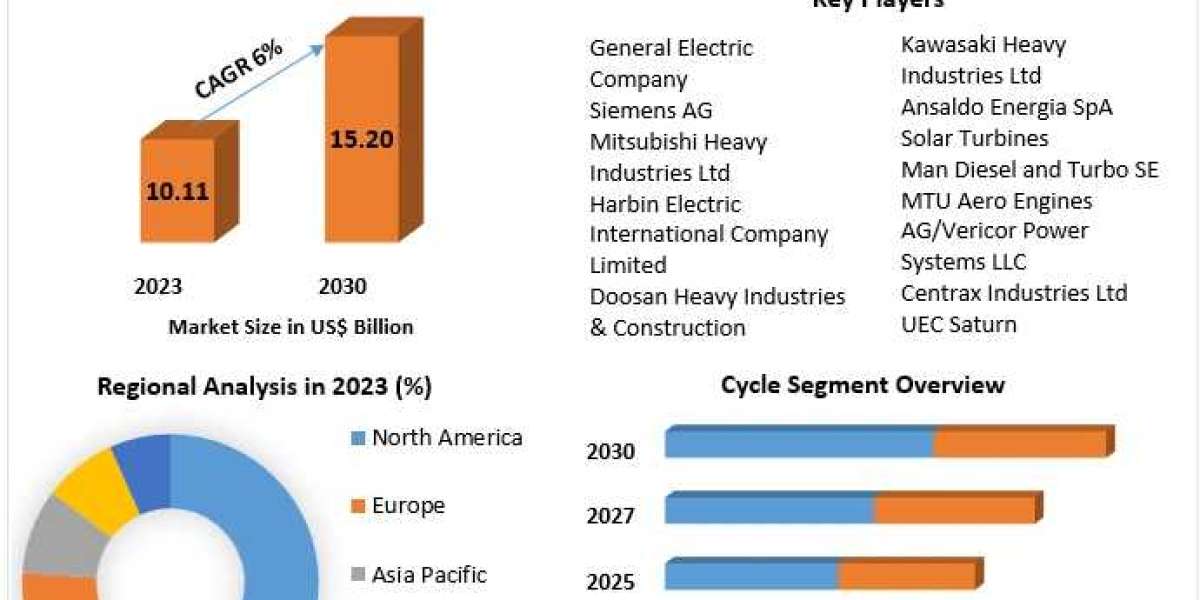The traditional limitations of AI, such as managing large datasets and generating accurate and relevant responses, are being addressed by RAG in AI development. This technology enables AI systems to retrieve information from extensive data sources and then generate human-like responses that reflect both relevance and creativity.
In this article, we will explore how RAG is making an impact in AI development, its benefits, and its potential to revolutionize industries. We'll delve into key applications, challenges, and the future potential of this technology.
Understanding RAG in AI Development
At its core, RAG is a hybrid model that brings together two major components of AI systems: retrieval-based models and generation-based models. Retrieval models are designed to fetch relevant information from a predefined dataset or knowledge base. They are extremely efficient in identifying relevant data but are limited in generating human-like or creative responses. On the other hand, generation models, such as transformers like GPT, excel at producing coherent and natural language text but can struggle with accuracy when dealing with large, unstructured datasets.
RAG bridges this gap by enabling AI systems to retrieve relevant data and use it to generate accurate, contextually aware responses. The system works in two stages: the retrieval model first locates relevant information, and then the generation model uses that data to produce human-like, nuanced responses. This dynamic process helps create AI systems that are not only accurate but also flexible, intelligent, and adaptive.
How RAG Works
The RAG framework operates through a series of processes that combine data retrieval with generative AI techniques:
Query Understanding: The process begins with the AI system receiving a query or prompt. The model must first interpret and understand the user's question, breaking it down into meaningful components.
Data Retrieval: The retrieval model, often using large-scale search engines or databases, fetches relevant information based on the query. This information could be in the form of documents, text snippets, or structured data from various sources.
Data Filtering: After retrieval, the system filters the information for relevance and accuracy. It ensures that only pertinent data is passed to the generation stage, reducing the risk of generating incorrect or irrelevant responses.
Response Generation: The generation model, typically a language model like GPT, takes the filtered data and uses it to generate a response. This response is not just a regurgitation of the retrieved data; it synthesizes and contextualizes the information to match the intent behind the original query.
Feedback and Learning: Some advanced RAG systems use feedback loops to improve their responses over time. This feature allows the system to learn from interactions and continuously refine its retrieval and generation processes.
The Role of RAG in AI Development
The introduction of RAG in AI development is proving to be a game-changer in several ways. One of its key strengths is that it allows AI models to work with both structured and unstructured data, which is crucial given the massive amounts of unstructured data available today. Traditional AI models often struggle to extract meaningful insights from unstructured datasets, but with RAG, this barrier is reduced significantly.
Moreover, RAG enhances the ability of AI systems to provide accurate and contextually rich information. In applications like customer service, healthcare, and finance, accuracy is paramount. By using RAG models, AI systems can pull relevant, up-to-date data and generate responses that are not only accurate but also comprehensive.
Another important aspect of RAG in AI development is the scalability it offers. The system's ability to work with large datasets means it can be scaled to meet the demands of industries that deal with massive amounts of information daily. From multinational corporations to data-driven industries, RAG enables AI systems to become more efficient and responsive without sacrificing accuracy.
Key Applications of RAG in AI Development
RAG's versatility means it can be applied across a wide range of industries and use cases. Here are a few examples where RAG is making a significant impact:
1. Healthcare
In the healthcare sector, RAG can be used to develop intelligent systems that assist healthcare professionals by retrieving and synthesizing vast amounts of medical literature, clinical trial data, and patient records. For instance, a doctor could use a RAG-powered system to input a patient's symptoms, and the AI would retrieve relevant studies or treatment protocols before generating a recommendation. The combination of accurate retrieval and intelligent generation ensures that healthcare decisions are well-informed.
2. Customer Service
RAG is also revolutionizing customer service by enabling chatbots and virtual assistants to provide more accurate and context-aware responses. When dealing with complex queries, traditional chatbots often fail to provide satisfying answers because they rely on pre-scripted replies. With RAG, these systems can access real-time data, retrieve relevant information, and generate personalized responses that improve customer satisfaction and efficiency.
3. Finance
In finance, where data is both vast and constantly changing, RAG can enhance AI systems used for investment analysis, fraud detection, and financial advising. For example, a financial advisor AI could use RAG to analyze historical market trends, retrieve relevant economic reports, and generate forecasts or recommendations for investors. This combination of retrieval and generation allows for more accurate and insightful financial predictions.
4. Education
In the education sector, RAG models can help develop personalized tutoring systems that adapt to individual students' needs. Such systems retrieve relevant educational materials based on a student’s learning history and generate personalized explanations or exercises. This not only helps students learn more effectively but also allows educators to focus on more complex teaching tasks.
5. Legal
RAG is also finding applications in the legal field, where AI systems need to sift through massive volumes of legal documents and case files. A RAG-based legal AI can retrieve relevant case law and legal precedents, then generate comprehensive legal advice or case strategies. This reduces the time spent on research and increases the accuracy of legal decisions.
The Challenges of RAG in AI Development
Despite the numerous advantages, implementing RAG in AI development does come with challenges. One major issue is the computational cost. The dual approach of retrieval and generation requires significant processing power, which can make it difficult to scale RAG models in environments with limited resources.
Another challenge is ensuring data quality. If the retrieval process pulls inaccurate or biased data, the generation model may produce misleading or incorrect responses. This places a premium on developing robust data validation and filtering mechanisms within the RAG framework.
Moreover, training RAG models can be complex. They require both robust data retrieval systems and highly capable generative models, and training these systems to work harmoniously can be resource-intensive. However, as technology advances, these challenges are likely to diminish, paving the way for broader adoption of RAG in AI development.
The Future of RAG in AI Development
Looking ahead, the future of RAG in AI development appears promising. With ongoing advancements in NLP, data retrieval, and AI infrastructure, RAG models are likely to become even more efficient, scalable, and accurate. As industries continue to demand AI systems capable of handling complex, data-driven tasks, RAG will play a crucial role in meeting these expectations.
The potential for RAG extends far beyond its current applications. As AI development evolves, RAG could be integrated with more advanced systems like multi-modal AI, which combines text, images, and audio for even richer interactions. Furthermore, improvements in AI explainability may allow RAG systems to not only provide responses but also explain the rationale behind their answers, which is critical for industries like healthcare and law.
Conclusion
The rise of RAG in AI development marks a significant leap forward in the way AI systems process, retrieve, and generate information. By blending the strengths of both retrieval-based and generation-based approaches, RAG models offer a powerful solution to many of the challenges faced by traditional AI systems, including data accuracy, scalability, and adaptability.
As industries continue to explore the potential of AI, the impact of RAG will be felt across a wide range of sectors, from healthcare and finance to customer service and education. With its ability to transform data into actionable knowledge, RAG in AI development is shaping the future of intelligent systems, promising more accurate, responsive, and human-like AI interactions.







